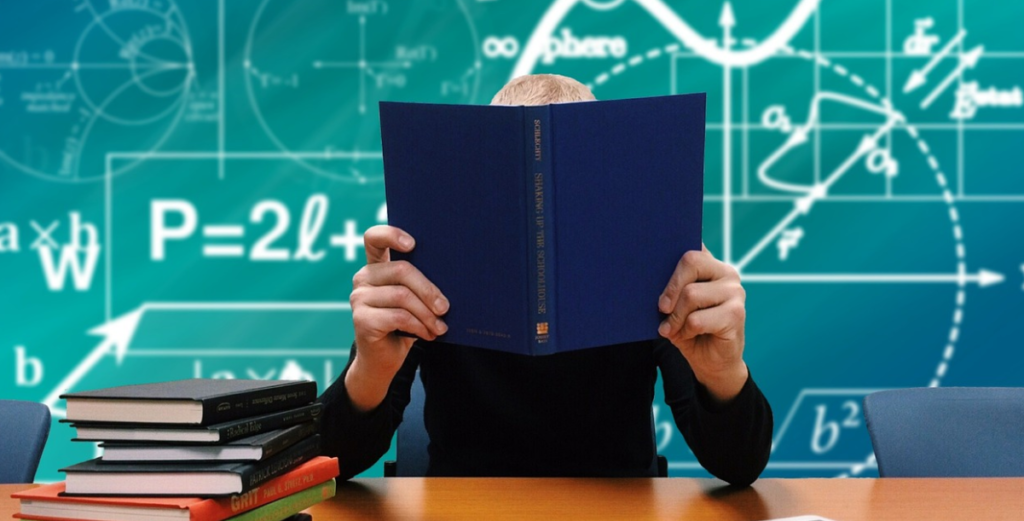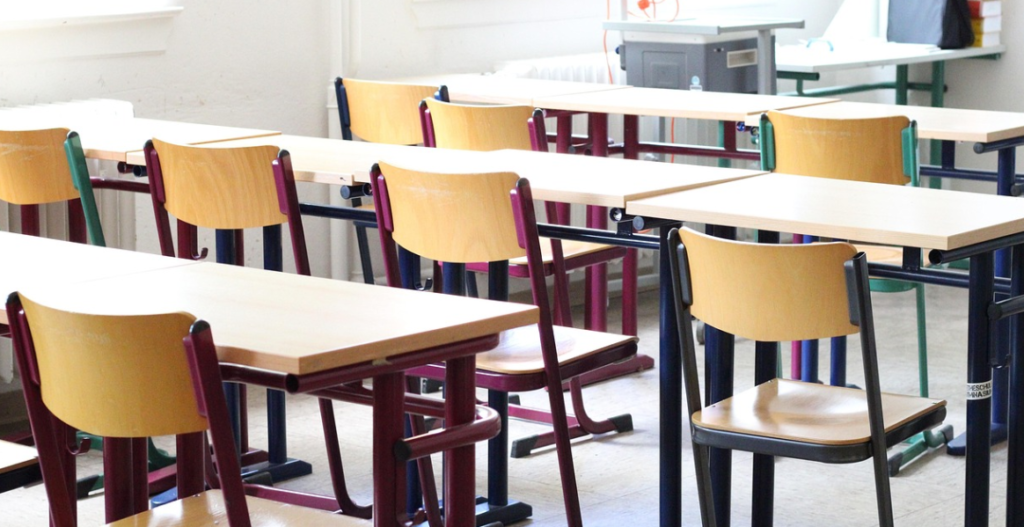Introduction
Traditionally seen as a break from learning, recess is increasingly recognized as an essential component of a child’s education. Far from being wasted time, unstructured play and physical activity during recess can enhance academic performance, boost mental health, and support social development. This article explores how reimagining recess as a vital part of the school day can lead to better educational outcomes.
Cognitive Benefits of Play
1. Boosts Focus and Attention
- Regular breaks improve concentration and reduce cognitive fatigue.
- After recess, students return to the classroom more attentive and ready to learn.
2. Enhances Problem-Solving Skills
- Unstructured play encourages creativity and experimentation.
- Children learn to make decisions, explore consequences, and think critically.
3. Stimulates Brain Development
- Physical activity increases blood flow to the brain, improving memory and cognitive function.
- Active play supports neural growth and the development of executive function.
Social and Emotional Learning
1. Builds Communication and Cooperation
- Games and group activities require students to work together, negotiate rules, and resolve conflicts.
- Recess provides opportunities to develop empathy, patience, and leadership.
2. Reduces Stress and Anxiety
- Physical activity and time outdoors have been shown to lower stress levels.
- Play allows children to express themselves and release emotional tension.
3. Encourages Inclusion and Confidence
- Recess levels the playing field by offering diverse forms of play.
- Children of all abilities can participate, fostering a sense of belonging and self-worth.
Academic Impact
1. Improved Learning Outcomes
- Studies show that students with regular recess perform better in core subjects.
- Breaks help consolidate learning and prevent burnout.
2. Promotes Healthy Habits That Support Learning
- Active children tend to sleep better and have improved mood and energy levels.
- Good physical health supports attendance and classroom engagement.
3. Reinforces Concepts Through Play
- Play can be educational, incorporating math, science, and language skills.
- Teachers can integrate playful learning into recess through games and challenges.
Reimagining Recess in Modern Education
1. Structured and Unstructured Balance
- Schools can offer a mix of free play and optional guided activities.
- Providing equipment, space, and choice enhances the recess experience.
2. Inclusive and Safe Environments
- Well-designed play areas promote safety and accessibility.
- Adult supervision ensures respectful and positive interactions.
3. Integration with Curriculum Goals
- Recess can complement academic goals by reinforcing soft skills and physical health.
- Teachers and administrators can collaborate to align play with educational outcomes.
Conclusion
Recess is far more than a break from academics—it is a powerful tool for cognitive, social, and emotional development. By reimagining recess as an essential element of learning, schools can support the whole child and create a more balanced, effective educational experience. Prioritizing play is not a distraction from education; it is an investment in student success.


